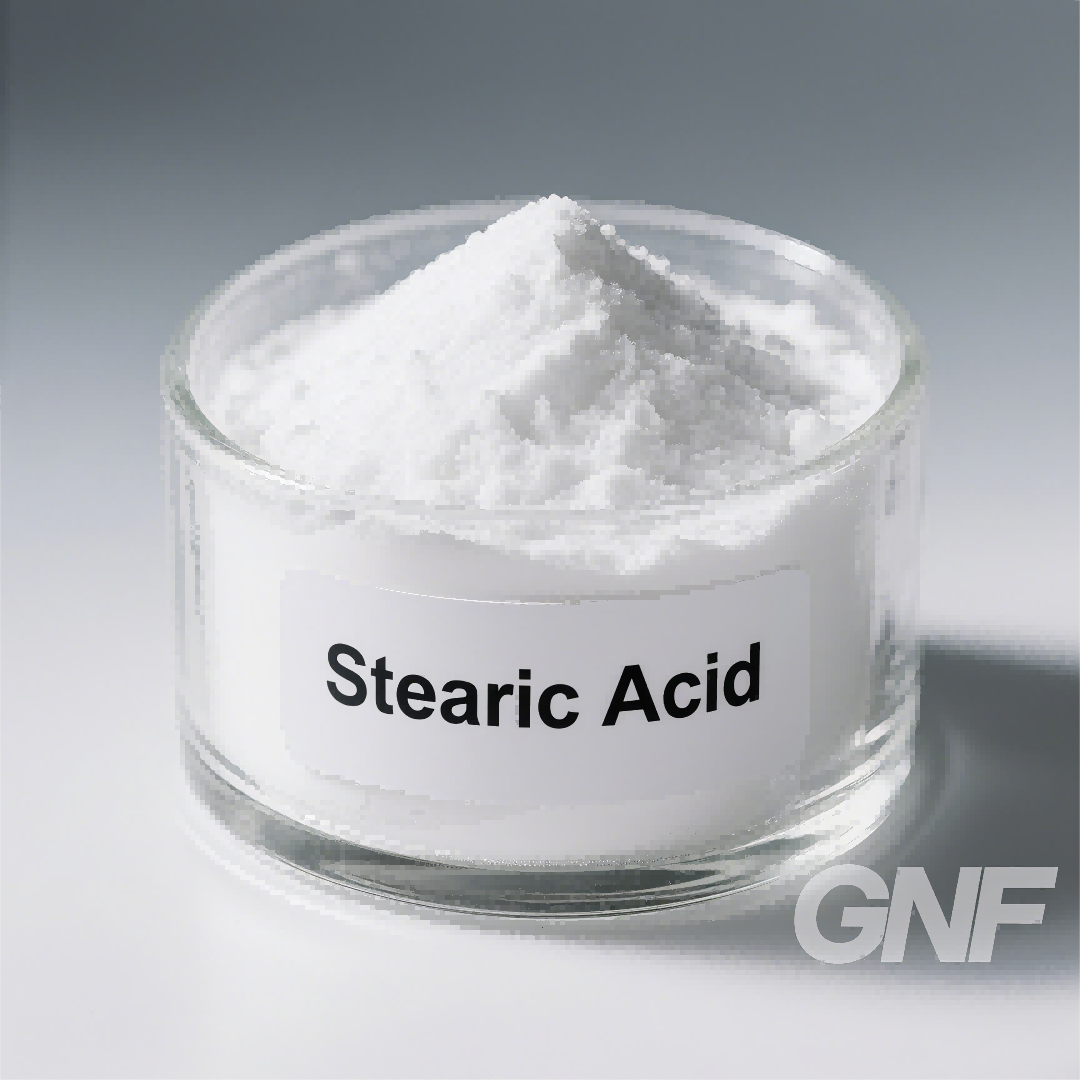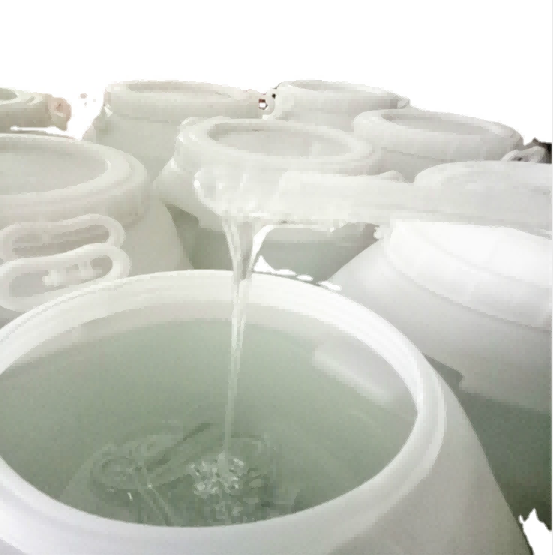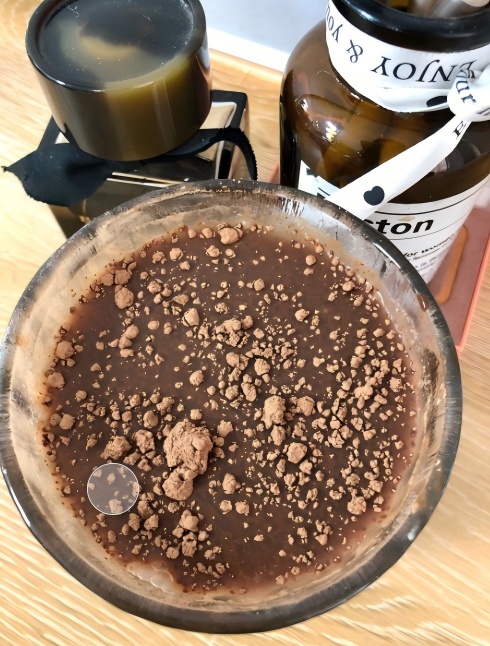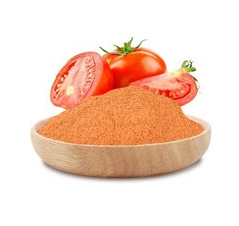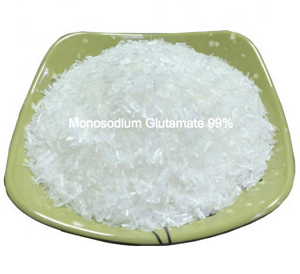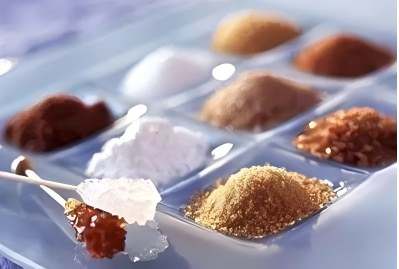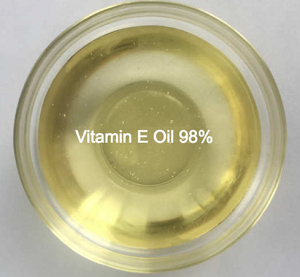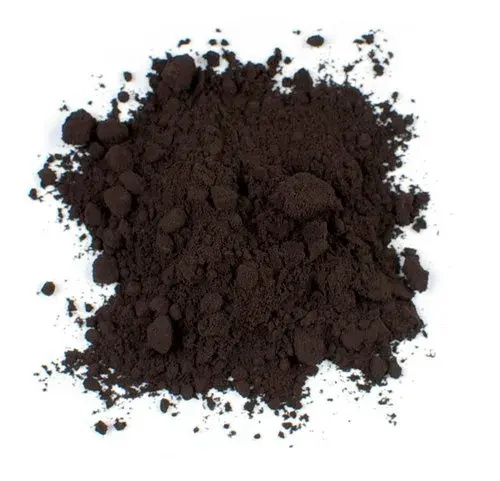On May 31, Baofeng Group Hubei Company held a ceremony of commissioning and donation. Huang Jianjun, Vice Mayor of Xiaogan Municipal Government and Secretary of Hanchuan Municipal Committee, government representatives, representatives of thAt 9:58 a.m. on the 31st, the inauguration ceremony officially started. The commissioning of Hubei factory is an important layout in the development strategy of Baofeng Group.
At 9:58 a.m. on the 31st, the inauguration ceremony officially started. The commissioning of Hubei factory is an important layout in the development strategy of Baofeng Group. It marks that Baofeng Group, an enterprise that has been cultivating the market for ten years, is standing on a new starting point of development, and moreover, it marks that Baofeng will write a new chapter with a new starting point, a new level, a new posture and a new outlook.
Chen Yanfu, Chairman of the Group, delivered a speech of thanks at the ceremony, expressing his welcome and thanks to the leaders and guests from all walks of life, and expressing his sincere gratitude to Hanchuan Municipal Committee, municipal government, all partners and Baofeng team.

The commissioning of Hubei Baofeng means that Baofeng Group has two world-class aluminum easy-open lid production bases, and Baofeng Group has stepped into the fast lane of high-quality development driven by two wheels, and the two production bases not only give full play to the advantages of location but also have efficient synergy with each other. This is not only a full affirmation of our work achievements in the past ten years, but also a higher requirement for our future work, and Baofeng is confident to maintain a strong leading edge in the future development competition.
In her speech, Vice Mayor Xiao, Standing Committee Member of Hanchuan Municipal Committee and Executive Vice Mayor of Hanchuan City, said that the Municipal Committee and Municipal Government will, as always, fully support and fully serve the development and growth of Baofeng Group in Hanchuan, try their best to create the most favorable environment and provide the best service to promote the project to be fully productive and efficient as soon as possible.

We hope that Baofeng Group will continue to carry forward the spirit of Min businessmen who love to fight and dare to win, always take Hanchuan as the strategic focus of enterprise development, focus on Hanchuan, plow deeply in Hanchuan, invest, operate and develop with confidence in Hanchuan, make the enterprise bigger and stronger, do a good job and make it better in Hanchuan, and realize mutual benefits and multiple wins for the enterprise, government and society together.
Ding Jianxiang, director of the Municipal Self-regulation Bureau, issued a certificate of verification of strict compliance with planning conditions for the completion of construction works to Wu Yunjia, president of the Group, and Li Guosheng, director of the Municipal Housing and Construction Bureau, issued a certificate of completion and acceptance filing to Chen Aju, vice president of the Group.

At the ceremony, on behalf of the company, Chen Yuanyang, director of Baofeng Group, donated 1 million RMB to the education fund of Hanchuan City for the education construction and rural revitalization of Hanchuan City.

As a leading enterprise in the segmented field of metal packaging in China, Baofeng Group always emphasizes the development strategy of people-oriented and talent-strengthening as the first priority, and not only plows deeply in its own field, but also pays attention to the development of education in Hanchuan while creating material wealth. As a private enterprise, Baofeng is settled here, and also hopes to contribute to the construction of the surrounding villages and take up the responsibility to the country and the mission to the society with its own practical action.
Municipal leaders Huang Jianjun, Huang Hanqiao, Zeng Yaohua, Chen Qingqing, Chen Yanhe and Chen Yanfu of Baofeng Group took the stage to participate in the completion and commissioning ceremony of Baofeng Group's Hubei company, to jointly promote the golden pole and help Baofeng Group's business take off.

Afterwards, we went to the factory production workshop and visited the xmbaofeng aluminum coil coating production line, can end making production line, and focused on understanding the production process of aluminum easy-open ends.

The deep plowing development of Hubei Baofeng in Hanchuan is inseparable from the trust and support of the municipal government and all partners. On the rich land known as "the hometown of fish and rice and the pearl of Jianghan", Baofeng people will uphold the spirit of Min merchants who dare to fight and win, concentrate their efforts, forge ahead and give full play to the scale, technology and market advantages of Baofeng. To start the second decade of high speed and high quality development of Baofeng Group!

Baofeng Group Hubei Plant was established in March 2022, the company's site was selected and built in the Special No.1 of Golden Drum City Avenue, Hanchuan City, Xiaogan City, Hubei Province, with a total investment of 1.2 billion yuan, including 700 million yuan investment in fixed assets, to build aluminum easy-to-open cover system and roll printing line production project, covering an area of about 265 acres, and it took 6 months to complete the basic construction of plants and other buildings, with a total construction area of 207,000 square meters, Hubei factory is an important strategic layout for Baofeng Hubei factory is an important strategic layout for the development of Baofeng Group, which will fully cover the market in Central China and Southwest China and lay a good foundation for further development of Southwest China adjacent to the Belt and Road Asia market.

Adhering to the development strategy of talent, technology and brand, the company imports ERP, OA, SPC, MES and other informatization systems at the same time, strives to build an information integration and sharing platform, continuously improves the management level in terms of production standard, data specification, management flatness, process monitoring and decision analysis, strives to realize the timely and full interaction of human, machine and material information, and comprehensively builds an intelligent, refined and informatized modern digital factory. The project is expected to achieve an annual production capacity of 25 billion pieces of easy-to-open lids and an annual output value of 3 billion yuan after it is put into operation.
